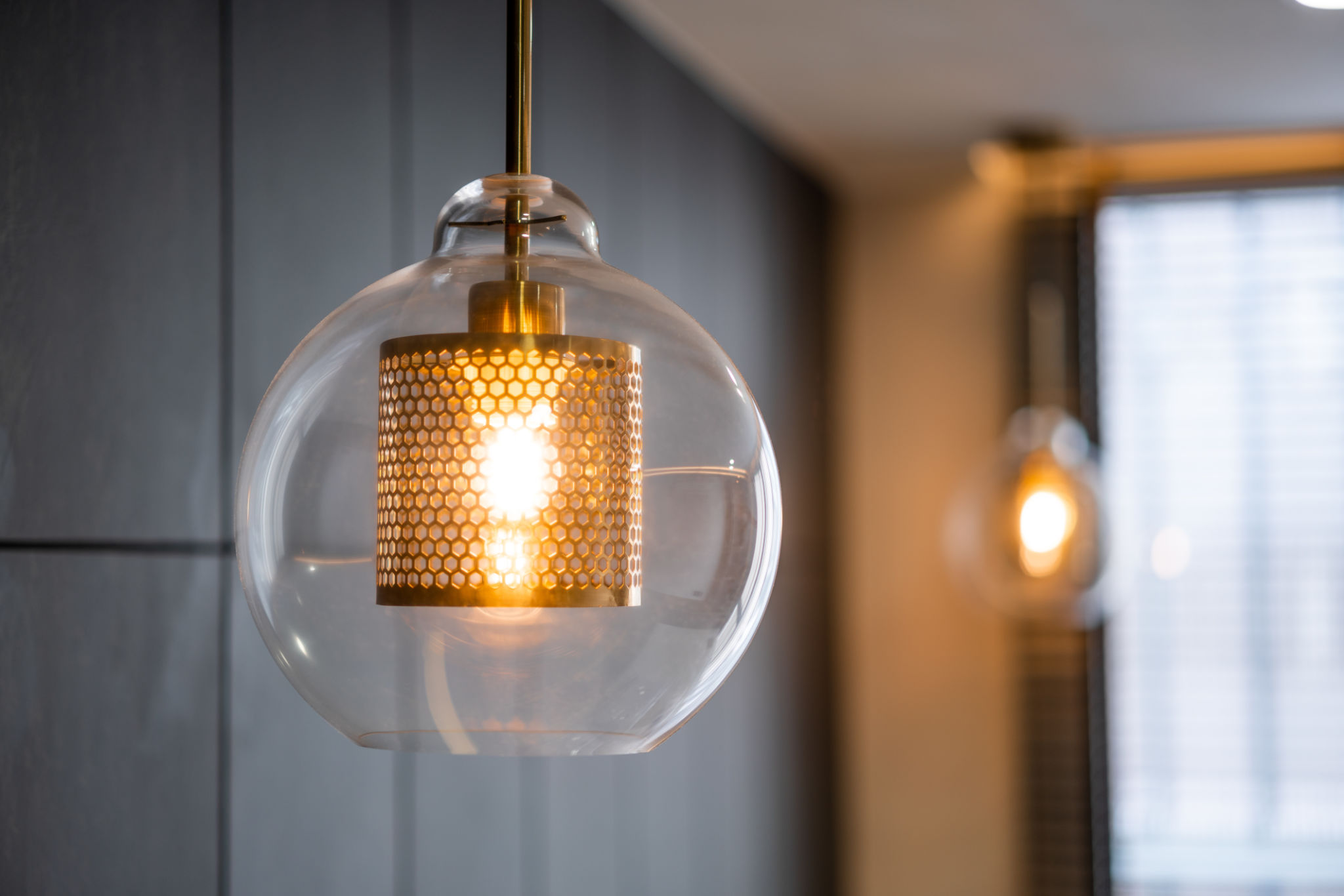DIY Tips for Simple Home Accessibility Modifications
Understanding Home Accessibility
Creating a more accessible home environment is essential for individuals with mobility challenges, seniors wishing to age in place, or families looking to increase the comfort and usability of their living spaces. Fortunately, many accessibility modifications can be implemented through simple DIY projects that are both cost-effective and easy to execute.

Start with the Entryway
The entrance to your home is the first point of accessibility. One effective modification is to install a ramp over stairs, which can be a straightforward DIY project using sturdy materials like wood or aluminum. Ensure the ramp has a gentle slope, ideally 1:12, meaning for every inch of height, there should be at least 12 inches of ramp length.
Additionally, consider swapping out standard door handles with lever-style handles. These are easier to manipulate and provide better access for individuals with limited hand strength or dexterity.
Enhance Bathroom Safety
Bathrooms can pose particular challenges, but small changes can make a significant difference. Installing grab bars in the shower and near the toilet can greatly enhance safety and stability. Make sure these bars are securely mounted into wall studs to ensure they support adequate weight.
Consider replacing a traditional tub with a walk-in shower or adding a shower bench for added convenience. Non-slip mats inside and outside of the shower area can further prevent accidents.

Adjust Kitchen Accessibility
The kitchen is a central hub of activity and should be accessible for everyone. Lowering countertops or installing pull-out shelves in cabinets can facilitate easier reach. You might also consider adjusting the height of your sink or stove to accommodate wheelchair users.
Replace round knobs on cabinet doors with D-shaped pulls, which are more accessible for those with limited hand dexterity. Lazy Susans and pull-down racks can maximize space and accessibility in pantries and cupboards.
Improve Lighting and Visibility
Adequate lighting is crucial for home accessibility. Consider installing brighter bulbs or additional light fixtures in key areas such as hallways, stairwells, and entryways. Motion sensor lights can provide automatic illumination, reducing the need to fumble for switches in the dark.
If visual impairments are a concern, contrasting colors on walls, floors, and furniture can help delineate spaces and enhance navigation throughout the home.

Widen Doorways and Hallways
For wheelchair users, narrow doorways can be a significant barrier. Widening doorways to at least 32 inches can accommodate most wheelchairs. Pocket doors or sliding barn doors are excellent alternatives that save space while providing wider passageways.
Hallways should be clear of obstructions and clutter to ensure smooth navigation. Consider removing unnecessary furniture or decorations that may impede movement.
Conclusion
Implementing simple DIY home accessibility modifications can drastically improve the quality of life for individuals with mobility challenges. By focusing on key areas such as entryways, bathrooms, kitchens, lighting, and passageways, you can create a safer and more comfortable living environment. Remember that these modifications not only benefit those with specific needs but also contribute to a more inclusive and welcoming home for all visitors.